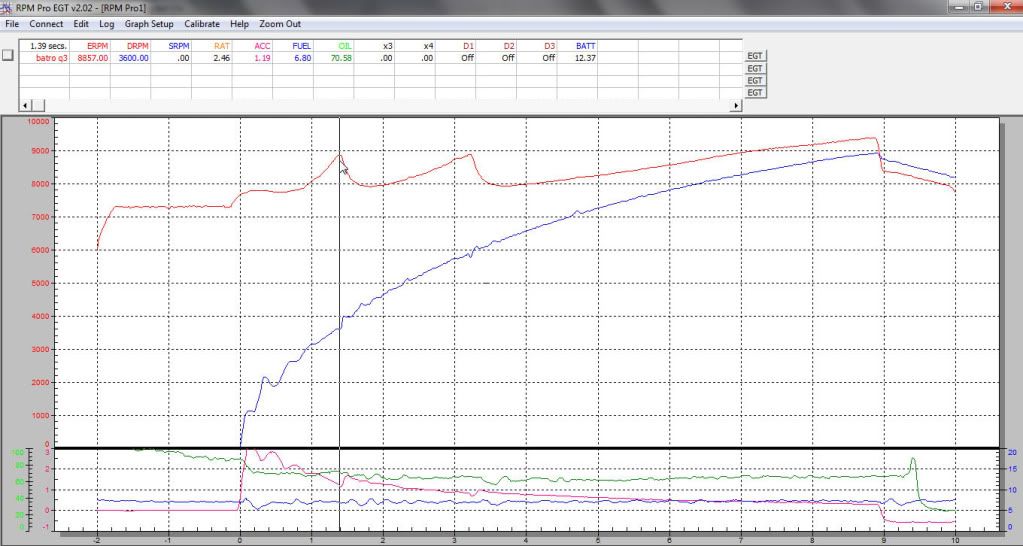you look at data logs , and match the ramp rate to the observed accelaration rate [ame="http://www.youtube.com/watch?v=rKH2RWZdZhM&feature=related"]http://www.youtube.com/watch?v=rKH2RWZdZhM&feature=related[/ame]
You look at data logs, and match the ramp rate to the observed acceleration rate
Here is a dyno session I found of a C/ED motor on the dyno, notice that the motor is brought up to full throttle and wait for it to steady state then you see the test acceleration rate applied
[ame="http://www.youtube.com/watch?v=kCvZFXSU1dk"]http://www.youtube.com/watch?v=kCvZFXSU1dk[/ame]
and another
[ame="http://www.youtube.com/watch?v=ufl08qQ2abw"]http://www.youtube.com/watch?v=ufl08qQ2abw[/ame]
Here is a data log that has the engine in first gear rev 1000 rpms in under 7ths of a second.
You look at data logs, and match the ramp rate to the observed acceleration rate
Here is a dyno session I found of a C/ED motor on the dyno, notice that the motor is brought up to full throttle and wait for it to steady state then you see the test acceleration rate applied
[ame="http://www.youtube.com/watch?v=kCvZFXSU1dk"]http://www.youtube.com/watch?v=kCvZFXSU1dk[/ame]
and another
[ame="http://www.youtube.com/watch?v=ufl08qQ2abw"]http://www.youtube.com/watch?v=ufl08qQ2abw[/ame]
Here is a data log that has the engine in first gear rev 1000 rpms in under 7ths of a second.
this was my SS/DM car with a detuned 304 comp motor


